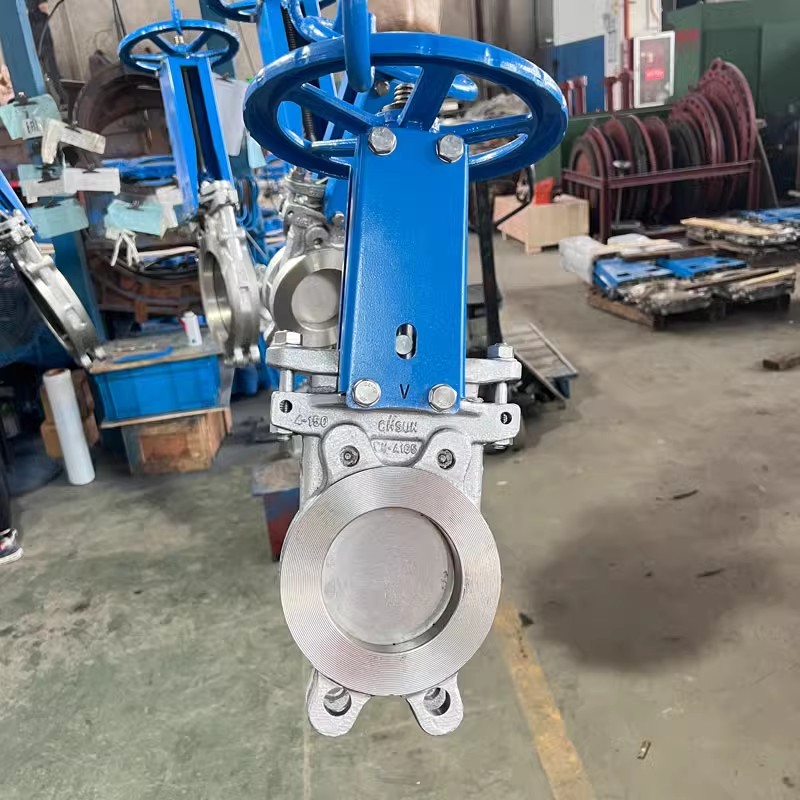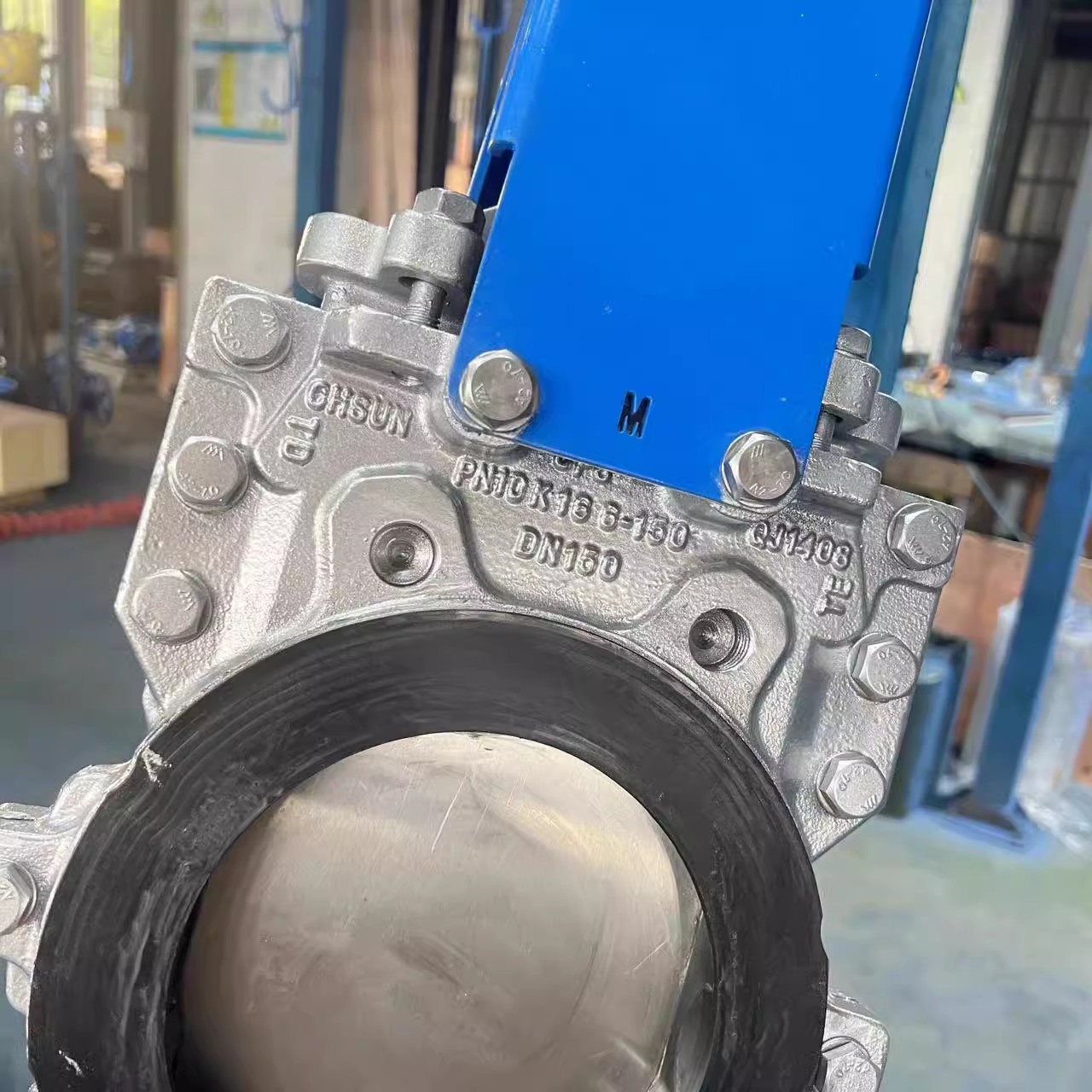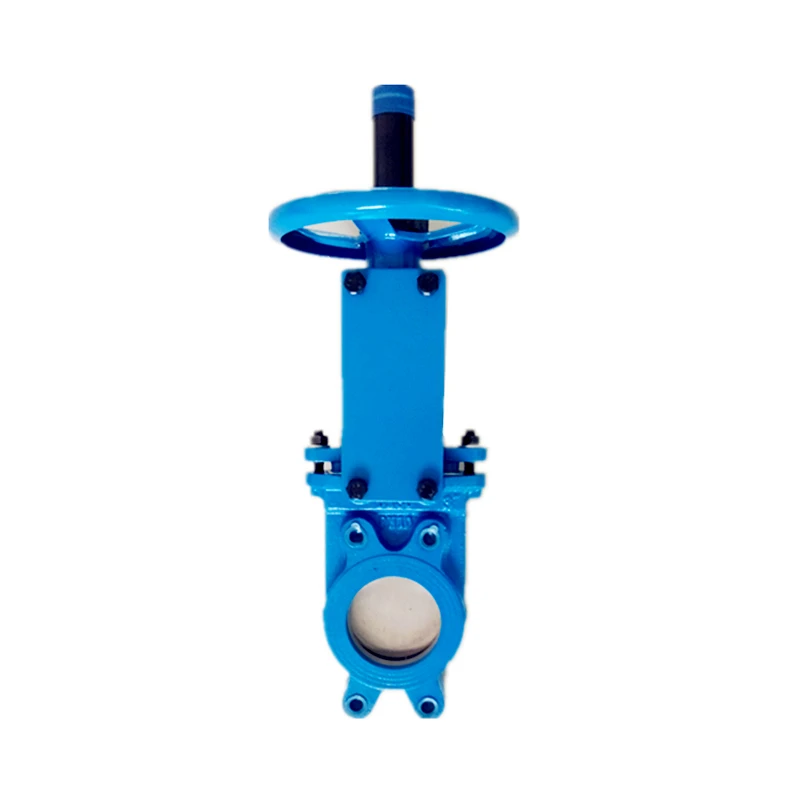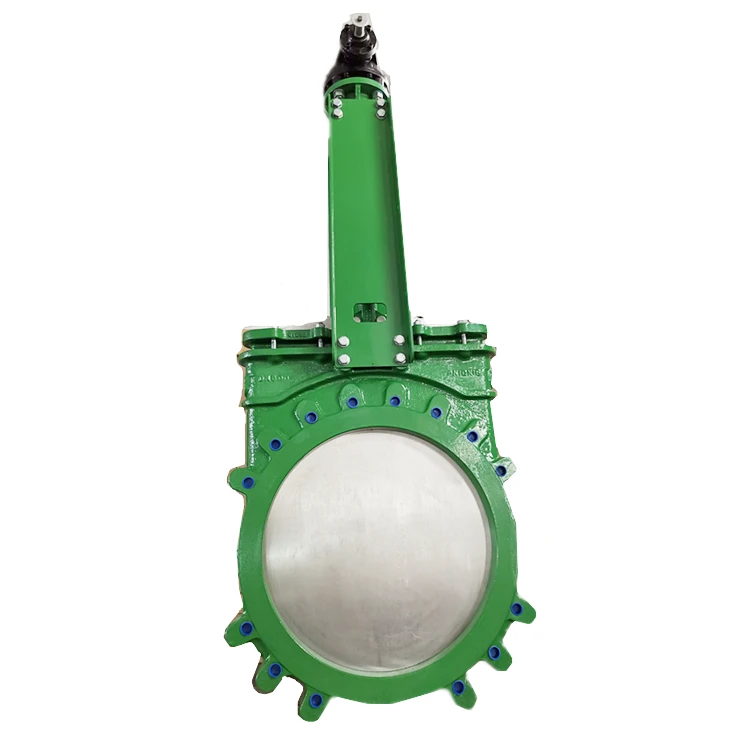Knife Gate Valve Overview: Canada China Design and DeZURIK Insights
Key Takeaways
Knife gate valves play a pivotal role in various industrial applications, particularly in the management of the flow of solids and thick liquids. These valves are characterized by a blade-like gate that slides through the flow media, allowing for efficient and precise control over flow rates. The design often features a flat gate that minimizes obstruction, making it ideal for applications where sludge, pulp, or other thick materials are involved. The primary benefit of this design is its ability to provide a tight seal when closed, which helps prevent leakage and contamination of the surrounding environment.
The manufacturing landscape of knife gate valves differs significantly between Canada and China. In Canada, stringent standards ensure that products meet high-quality requirements suited for demanding environments, such as mining and wastewater treatment. Manufacturers focus on durability and ease of maintenance. Conversely, in China, a wide range of knife gate valve designs exists with varying quality levels. Some manufacturers prioritize cost-effectiveness while still delivering functional products suitable for various applications.
Among notable manufacturers, DeZURIK stands out due to its long-standing reputation for producing reliable knife gate valves that cater to diverse industry needs. Their commitment to engineering innovations ensures that their products can withstand severe operating conditions without compromising functionality. DeZURIK’s designs incorporate advanced materials and manufacturing techniques tailored to enhance product longevity and performance.
Understanding these key aspects not only highlights the functional benefits of knife gate valves but also underscores the importance of selecting manufacturers who emphasize quality and specific design features based on industry requirements.
Knife Gate Valve Definition and Overview
A knife gate valve is a particular type of valve designed to control the flow of liquids, slurries, or gases. These valves utilize a flat, sharp-edged gate that slides through the flow stream, effectively cutting through any solids present in the medium. This design aids in providing a tight seal when closed and enables rapid opening and closing, ensuring efficient operation during both normal and emergency conditions. Typically found in applications such as wastewater treatment, mining, and pulp and paper industries, knife gate valves operate in challenging environments that involve thick or abrasive materials.
Key features of the knife gate valve include its ability to handle large particle sizes without clogging and its suitability for on/off service rather than throttling flow. The construction materials for knife gates often range from ductile iron to stainless steel, ensuring durability amidst corrosion challenges.
In regions such as Canada and China, manufacturers have tailored their designs to meet specific industrial demands while complying with local standards. This approach allows for enhanced functionality while addressing the unique environmental conditions experienced in these countries.
"The strength of a knife gate valve lies not just in its structure but also in its adaptability to various industrial applications."
The versatility seen across brands can be exemplified by examining specific models from industry leaders like DeZURIK, known for their innovative approaches to addressing common industry pain points through dedicated engineering efforts. Knife gate valves are central components in streamlining processes across many sectors by ensuring reliable fluid control with minimal maintenance requirements.
Design Features of Knife Gate Valves
Knife gate valves are essential components in various industrial applications, favored for their simple yet effective design. These valves feature a robust blade-like mechanism that slides down into the flow path, effectively cutting through any media present, which allows for handling of slurries and large solid particles. The body design often comprises durable materials, enabling them to sustain high pressures and tough operational conditions.
The stem and actuator assembly allows for smooth operation; options may include manual handwheels or automated actuators to aid in precise control. The seating arrangement typically employs resilient materials that ensure a tight seal when the valve is closed, minimizing leakage. This is vital for systems where media containment is crucial.
Flange types also play an important role in installation compatibility; knife gate valves can be supplied with various flanged ends or welding options suited for specific piping systems. With a streamlined design, maintenance is simplified, allowing users to quickly address issues without extensive downtime.
In essence, the thoughtful integration of these design features not only enhances operational efficiency but also positions knife gate valves as reliable solutions across distinct industrial sectors.

Comparative Analysis of Knife Gate Valves in Canada and China
Knife gate valves play a critical role in various industrial applications, most notably in water treatment facilities and pulp and paper industries. The design and functionality of these valves showcase distinct characteristics that differ between Canada and China. In Canada, knife gate valves are often engineered for robustness to withstand harsh environmental conditions. Their construction emphasizes durability, effectiveness in handling solids, and reliability under high-pressure scenarios. This focus results in designs that incorporate advanced materials resistant to corrosion and wear.
Conversely, the Chinese market tends to prioritize cost-effectiveness while still catering to specific industrial needs. Manufacturers often implement innovative technologies that enhance operational efficiency, with advancements in production techniques aiding in delivering competitive pricing. These variations reflect regional industrial demands as well as the unique environmental considerations faced by users.
The specifications of knife gate valves can vary significantly across these two nations. Canadian designs might include larger dimensions due to the operational requirements found in extensive pipeline systems prevalent in some sectors. In contrast, Chinese models may feature a more compact design suitable for smaller-scale operations or facilities.
Pivotal manufacturers such as DeZURIK, recognized for their quality and innovation, illustrate the competitive landscape within these markets. By examining the operational contexts within Canada and China, stakeholders can determine the most fitting solutions tailored to their specific applications while acknowledging differences rooted in design philosophy and market strategies. The comparative analysis highlights how knife gate valve choices are influenced not just by technical specifications but also by regional practices and consumer expectations.
Insights into DeZURIK: A Leading Manufacturer of Knife Gate Valves
DeZURIK stands as a prominent player in the manufacture of knife gate valves, showcasing a profound commitment to quality and innovation. Established as a reliable manufacturer, DeZURIK designs its products to cater to various industrial applications, including pulp and paper, wastewater treatment, and mining. The design of their knife gate valves emphasizes simplicity and efficiency, incorporating features that enhance performance while minimizing maintenance needs. The robust structure of DeZURIK's valves ensures they can handle the rigorous demands of slurry and other challenging media. Their unique blade geometry effectively shears through solids, allowing for smooth operation and reliable sealing under different pressure conditions. This attention to detail not only elevates the efficiency but also improves operational safety across various systems. DeZURIK prioritizes customer needs by offering customizable solutions tailored to specific application requirements, establishing a solid reputation in both Canada and global markets like China. By integrating advanced engineering practices with tried-and-true manufacturing processes, DeZURIK remains an influential force in the knife gate valve industry, consistently meeting the evolving demands of its clientele.

Conclusion
Knife gate valves play a pivotal role in various industries where efficient flow control is paramount. Their distinctive design features—characterized by a knife-like blade that slices through the medium—allow for minimal obstruction and effective sealing. This capability is particularly beneficial when handling viscous fluids or slurries, making them a preferred choice across diverse applications. In Canada and China, the manufacturing landscape for these valves reveals notable differences in technology and production standards. Canadian manufacturers have focused on high-quality materials and longevity, while Chinese producers have emphasized cost-effectiveness and rapid production. An in-depth understanding of the knife gate valve market includes recognizing key players such as DeZURIK, known for its innovative solutions and dedication to safety standards. Their approach to valve engineering not only enhances reliability but also significantly reduces maintenance needs, making their products a strong contender in global markets. The ongoing developments in knife gate valve technology promise to lead to even more efficient designs, addressing specific industry challenges and enhancing operational efficiencies worldwide.
FAQs
What is a knife gate valve?
A knife gate valve is a type of valve used to control the flow of liquids or slurries. It features a sharp-edged blade that slices through the material, allowing for effective shut-off and flow management.
What are the main applications of knife gate valves?
These valves are commonly used in industries such as water treatment, mining, pulp and paper, and wastewater management, where the handling of viscous or solid-laden fluids is required.
How do knife gate valves differ from other types of valves?
Unlike traditional ball or globe valves, knife gate valves are designed specifically to handle harsh flow conditions. Their unique blade design allows for a tight seal, minimizing leakage in applications involving slurries or solids.
What are key design features of knife gate valves?
Important design features include a robust body construction, a sharp-edged blade for cutting through materials, and an adjustable packing gland to ensure tight sealing. Many designs allow for easy maintenance and replacement.
Who are the leading manufacturers of knife gate valves?
Notable manufacturers include DeZURIK, which is recognized for its innovative designs and durable products favored in various industrial applications. Other manufacturers exist but DeZURIK remains prominent in quality and service.
What should be considered when selecting a knife gate valve?
Factors such as material compatibility, pressure ratings, size requirements, and specific application needs should be considered. Additionally, customer support provided by the manufacturer can play a crucial role in selection.
Are there specific standards applicable to knife gate valves?
Many knife gate valves adhere to established standards such as ASME (American Society of Mechanical Engineers) and API (American Petroleum Institute) for safety and performance assurance in industrial applications.
This structured overview provides clarity regarding common queries related to knife gate valves, assisting engineers and professionals—particularly those engaging with Canadian and Chinese markets—in making informed decisions.




